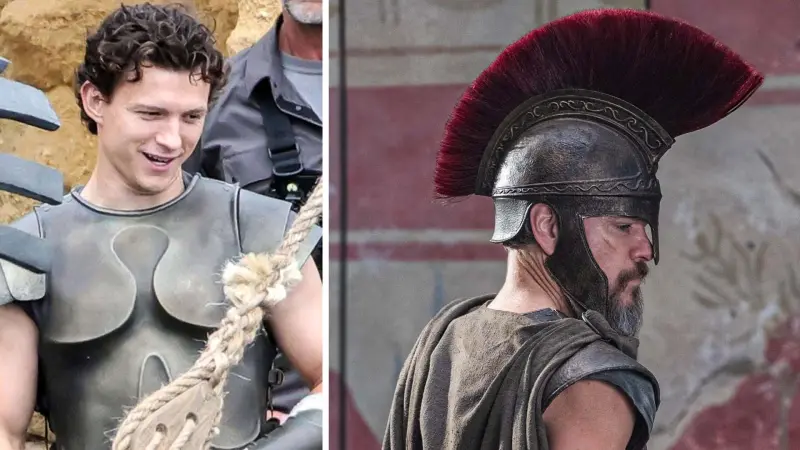On a distant, isolated island in the Baltic Sea, two silver coins from the Roman Empire have been discovered. It is unknown to archaeologists how they got there.
The coin on the left is a silver denarius minted in the reign of Antonius Pius, from A.D. 138 to 161. The emperor's head and some Latin characters can just be seen.The coin on the right is a silver denarius minted in the reign of Trajan, from A.D. 98 to 117. It shows the emperor's head and part of a Latin inscription. (Image credit: Johan Rönnby)
The discovery of two silver coins from the Roman Empire on a lonely island in the Baltic Sea, midway between Sweden and Estonia, has archaeologists puzzled but also excited.
The coins' origins are unknown, but they could have been dropped off by Norse traders, drowned in a shipwreck, or transported there by a Roman ship that traveled as far north.
Using metal detectors, a team led by Johan Rönnby, an archaeologist at Södertörn University in Stockholm, discovered the coins in March at a beach location indicated by ancient fireplaces on the island of Gotska Sandön.
“We were overjoyed”, he said to Live Science. “Although we have this website, we are unsure of its purpose. However, the discovery of the coins makes the excavation process even more intriguing.”
Roman Coins
The two silver coins discovered on the island are both Roman "denarii"; one is from the reign of Trajan, which lasted from A.D. 98 to 117, and the other is from Antoninus Pius, which lasted from A.D. 138 to 161.
When they were first produced, each coin would have cost around a day's wages for a worker and weighed less than an eighth of an ounce (4 grams).
The word "money" in some Latin-based languages, such as "denaro" in Italian and "dinero" in Spanish, still has the name of the denarii, the common coin of ancient Rome.
Because the silver they contained never lost its value, Rönnby claimed that Roman Empire coins may have been in use for a very long period. He also suggested that Norse traders who sought refuge in Gotska Sandön from storms at sea may have brought the coins there.
However, it's also conceivable that they were brought there by shipwreck survivors: He claimed that the area's seas are notoriously hazardous and strewn with wrecks.
Although there are no records of a Roman ship traveling into the Baltic, it is still possible that the coins were transported to Gotska Sandön by Romans.
“It's unlikely to be a Roman ship”, claimed Rönnby. “But you must also take into account the fact that the Romans sailed to Scotland and other places, and that they had authors at the time who wrote about the Baltic region.”
Baltic island
Gotska Sandön, or "Sand Island," is one of the most remote islands in the Baltic Sea. The coins were found at a site on the plateau above the modern beach. (Image credit: Johan Rönnby)
Roman coins have also been discovered on Gotland, a larger island located 40 kilometers (25 miles) to the south, but this was likely to be expected given that it was home to multiple villages. But there are no cities or villages in Gotska Sandön.
Although Gotska Sandön, sometimes known as "Sand Island," is currently uninhabited, it once housed lighthouse keepers. Before that, it had a reputation for being a pirate hangout and a site of shipwrecks, according to Rönnby.
The recent discoveries, according to archaeologist Daniel Langhammer, who manages Gotska Sandön's cultural assets for Gotland County, support a 19th-century lighthouse keeper's allegation that he discovered a Roman coin on the island.
But, he warned, it might never be known how the coins got there. Simply said, "We have no idea how they got there."
According to him, during the summer months, seal hunters and fishers used to frequently visit the isolated island. Seal hunting is now illegal, but the seals are still present.
Later this year, Rönnby and his colleagues—among them Uppsala University osteologist Sabine Sten—will visit the location once more. They intend to eventually rebuild the island's past.








